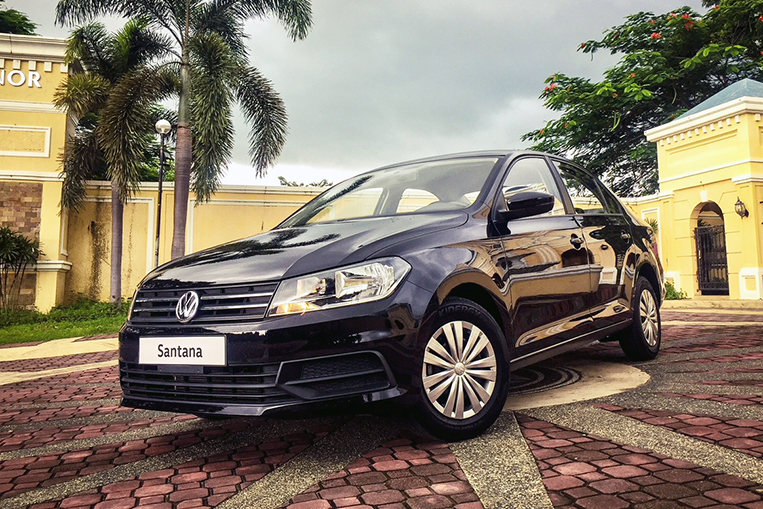
What qualifies a vehicle to be a so-called People’s Car? Of course, it has to be affordable, practical, frugal and reliable. The original Volkswagen Beetle, the largest-selling single-platform production vehicle in automotive history, proved itself worthy of that distinction. Naturally, the retired Bug needs a worthy successor.
Despite the brand’s obstacles—primarily its diesel emissions debacle—Volkswagen continues to grow and succeed in big, competitive markets such as China, where various models have been built in the company’s expansive Shanghai assembly plant since 1985. This year, Volkswagen Philippines finally decided to give Filipinos a taste of the marque’s China-made products, one of which is a subcompact sedan called Santana. At a surprising retail price of P686,000, could this be the new People’s Car?
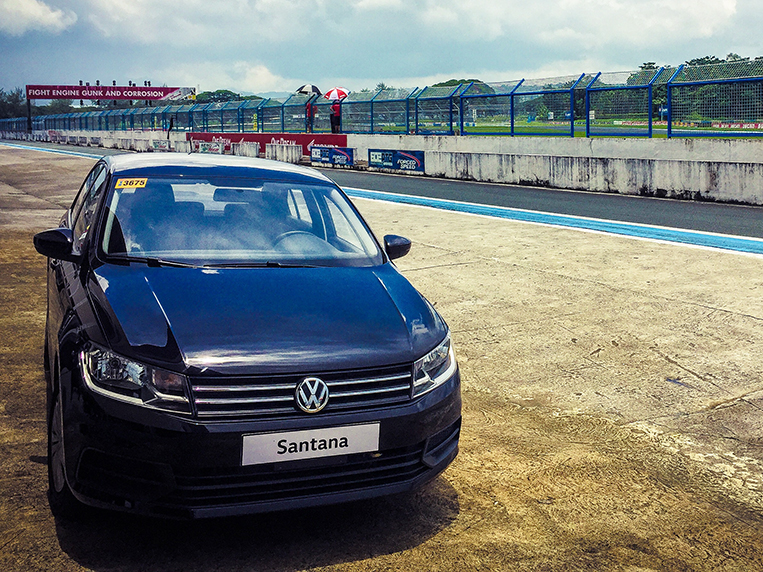
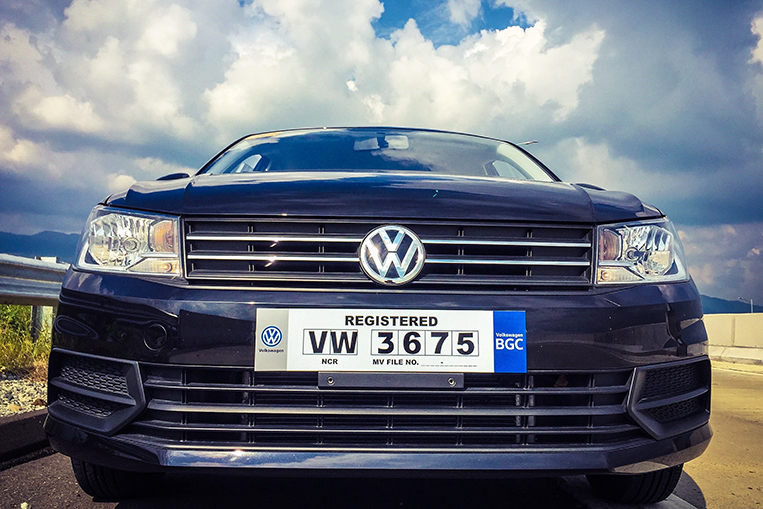
Without a doubt, German automotive engineering and design have been regarded as the best in the industry. However, some may question the Santana given its manufacturing provenance. What better way to clear all stereotypical notions about this car than for us to test it ourselves?
At first glance, there isn’t much going on to sort of wow you beyond the boxy, minimalist exterior save for the recognizable VW badges. And that might actually be the beauty of this car—the fact that it’s subtle, basic and purposeful, without lacking character and some Euro vibe.
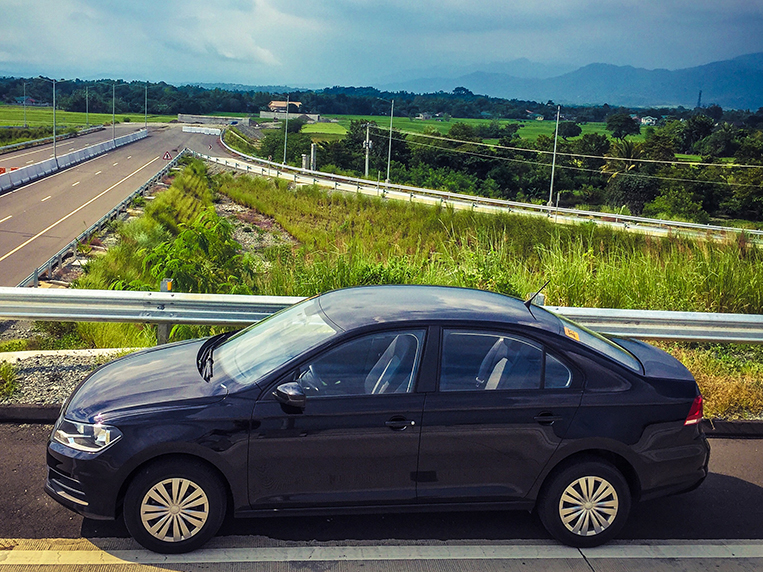
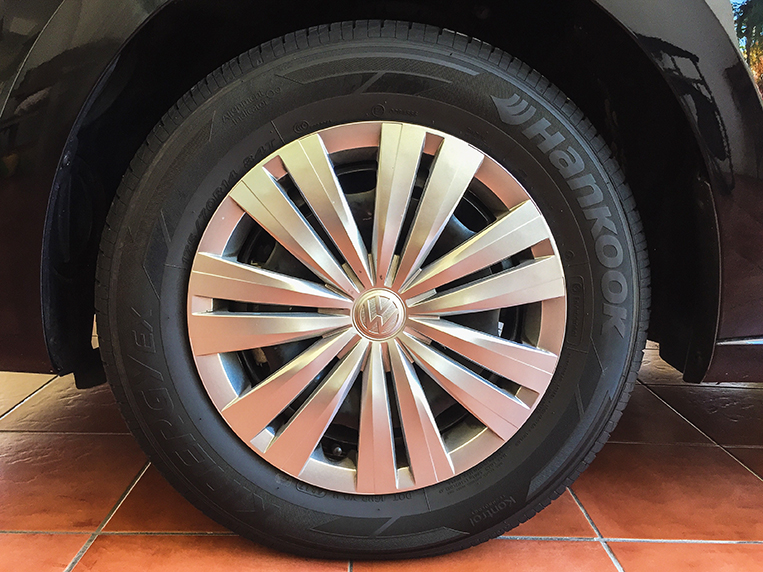
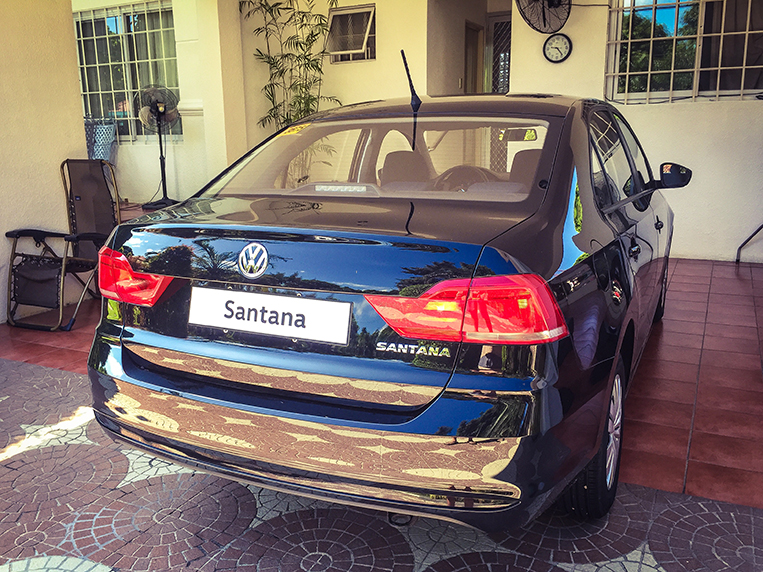
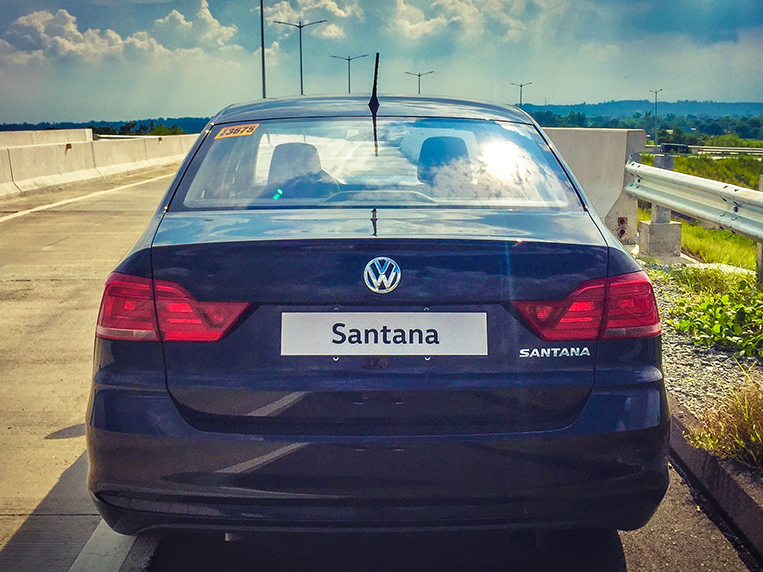
Upon close inspection, the Deep Black paint finish of our test unit is definitely up to German quality standards, and the panels feel more substantial than expected when you do the usual knock test all around. Even the hood has a nice, weighted feel. Unlike some pricier competitors in the segment, the Santana is no tin can on wheels.
Though the interior may seem spartan, plasticky and with a monotone charcoal finish, every piece of trim indicates precise, sturdy construction. Regardless of being enveloped in hard plastic, these bits seem to be more upscale than the type of plastics used in some cars twice the cost of the Santana.
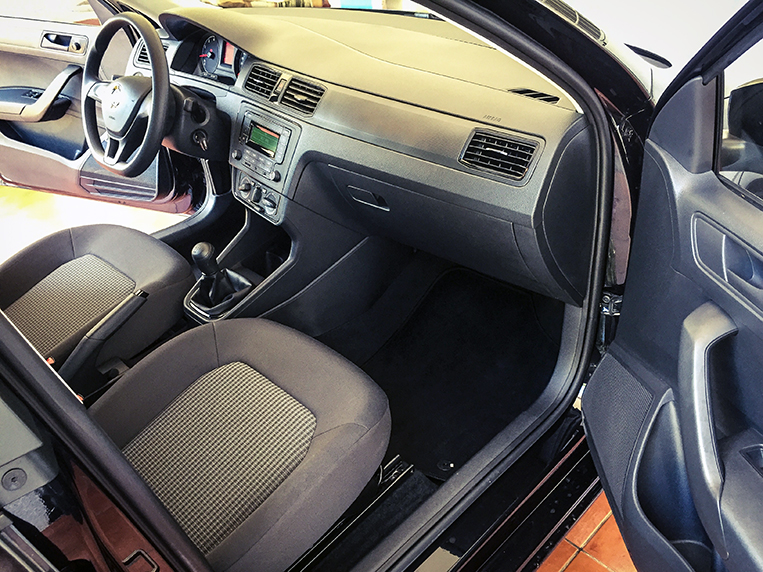
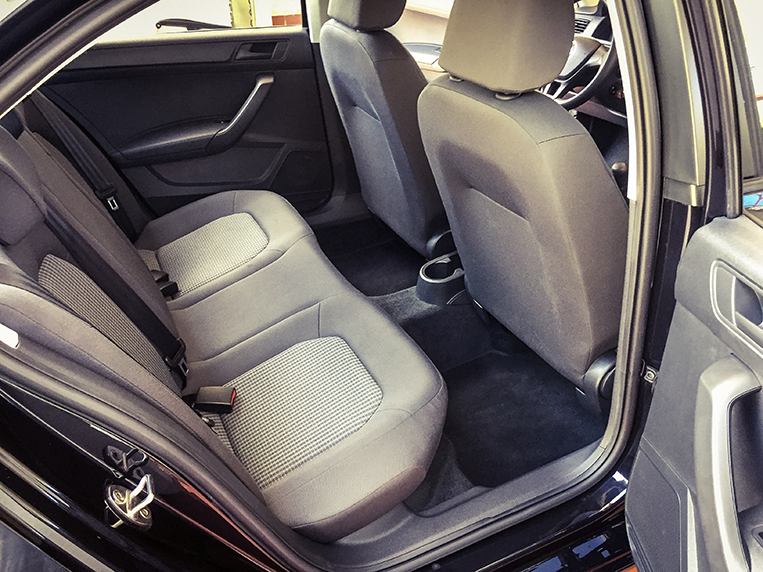
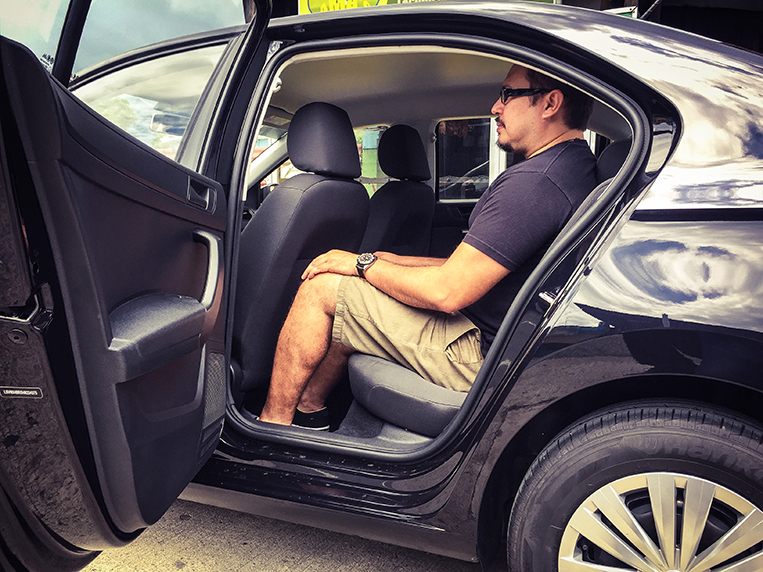
With my fairly huge 6ft frame, the cabin is more spacious than anticipated, and the fabric-lined seats (front and rear) feel exceptionally comfortable. As it turns out, the Santana has the second-longest wheelbase (2,603mm) in its class, adding more usable room inside. Only the Suzuki Ciaz—which somewhat straddles the line between subcompact and compact—has a longer wheelbase (2,650mm). Volkswagen throws in a 466L trunk to help the Santana win the hearts of many families.
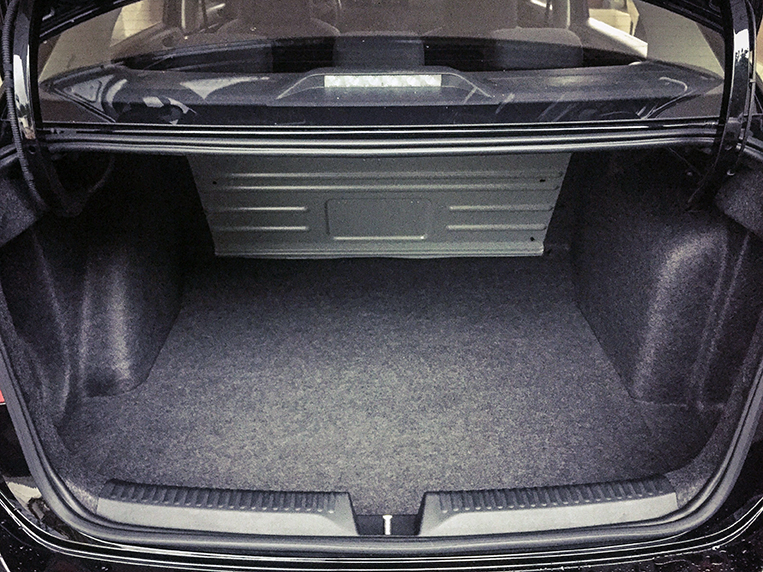
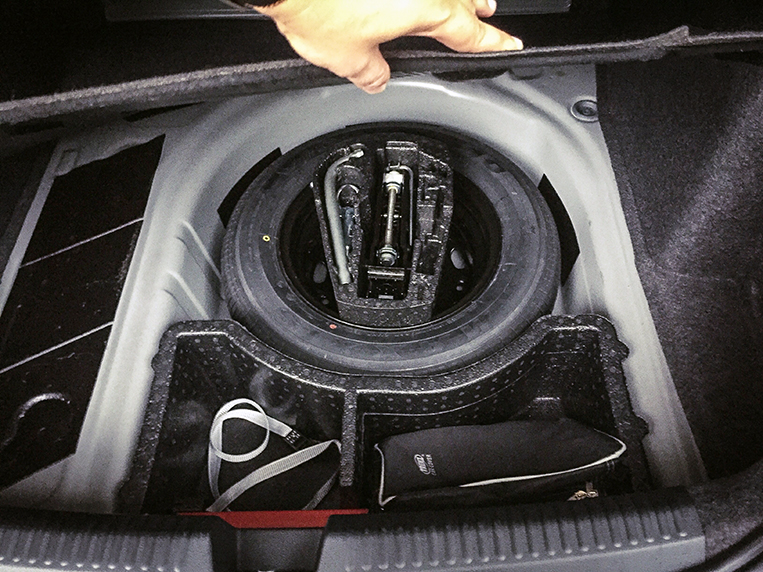
All doors shut with a reassuring thud, something you’d expect with Teutonic cars. The cabin makes me feel right at home after I start the 1.4-liter naturally aspirated MPI gasoline engine as the air-conditioning cools the interior in no time at all. The tilt-adjustable three-spoke, flat-bottom steering wheel has a hint of piano black on the VW logo that adds a bit of flair to the tiller’s mostly flat polyurethane finish. Gauges are simple and easy to read, though they lack basic computer functions such as a fuel consumption readout.
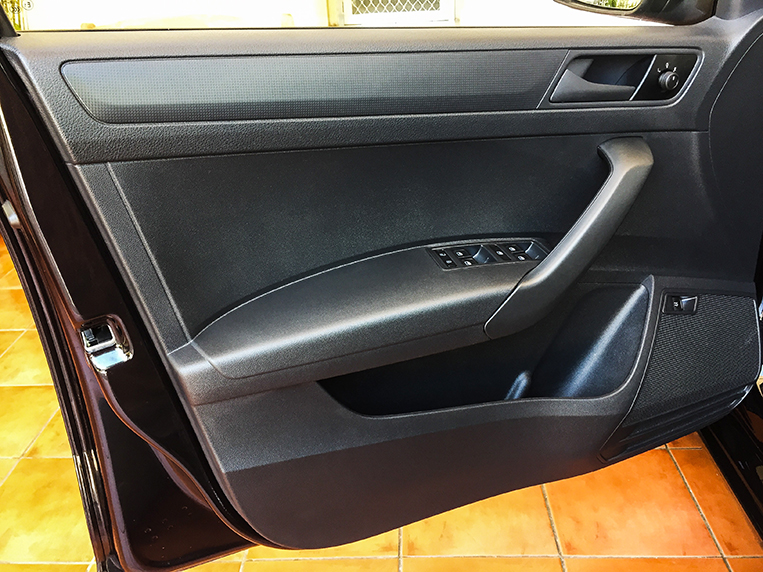
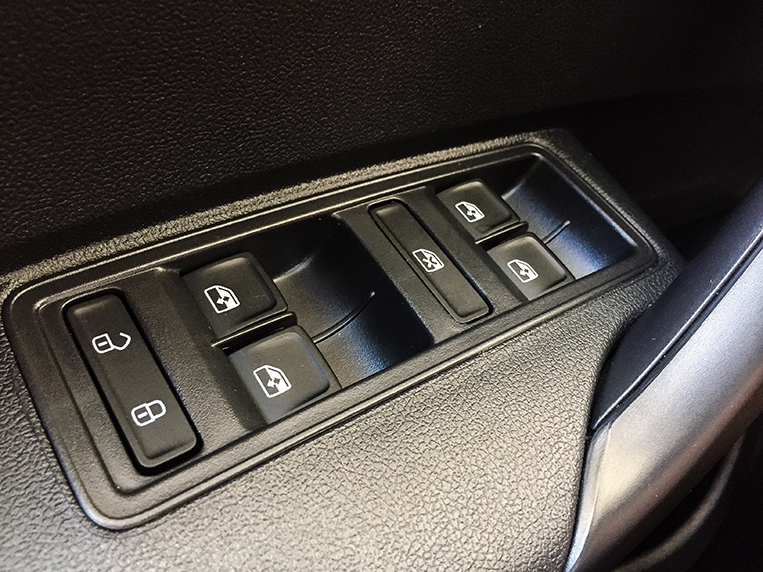
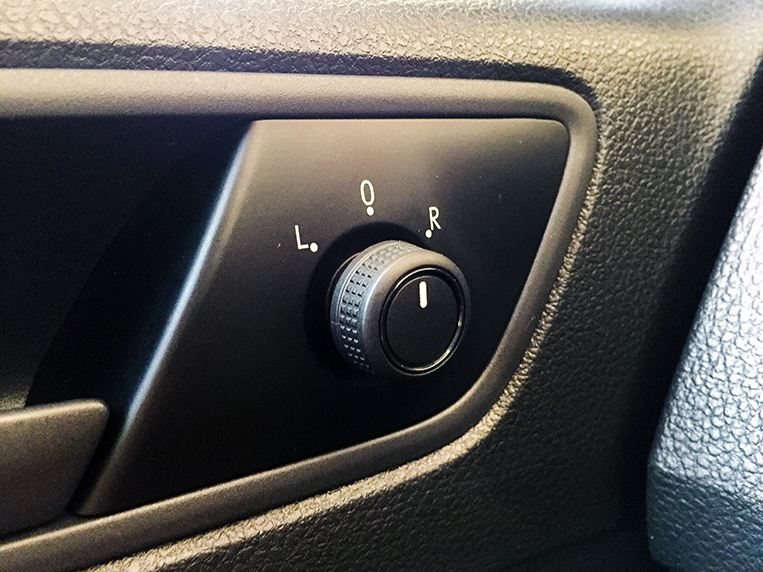
In the area of entertainment and onboard amenities, don’t expect a modern touchscreen package with the works. However, we dig the basic layout of the audio system that exudes a nostalgic simplicity found in older cars, with auxiliary, SD card and USB outlets, and a 12V socket down below. The two-speaker system is nothing to write home about, but it does the job. Safety isn’t a mere afterthought here, as front airbags, antilock brakes with electronic brake-force distribution, and Isofix child-restraint seats come as standard. The car is also equipped with power windows and side mirrors. Not bad at all.
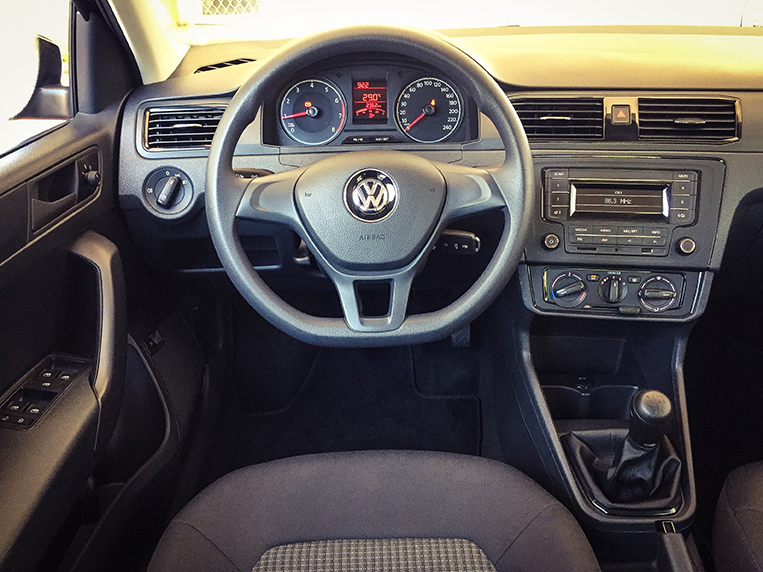
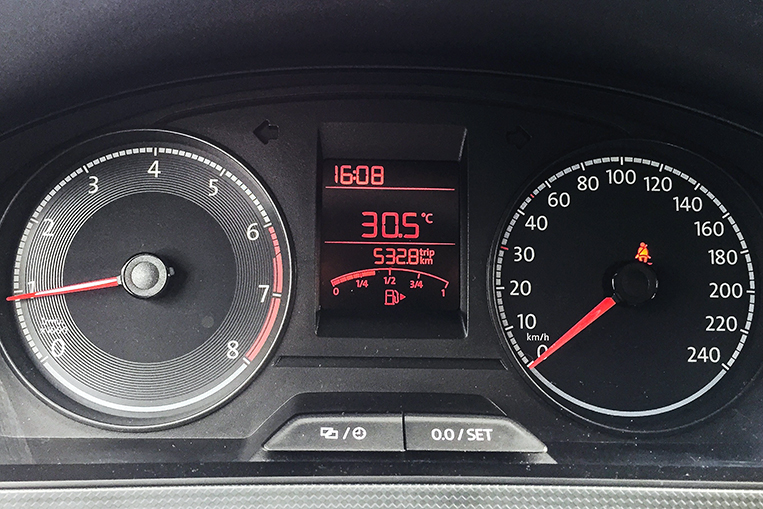
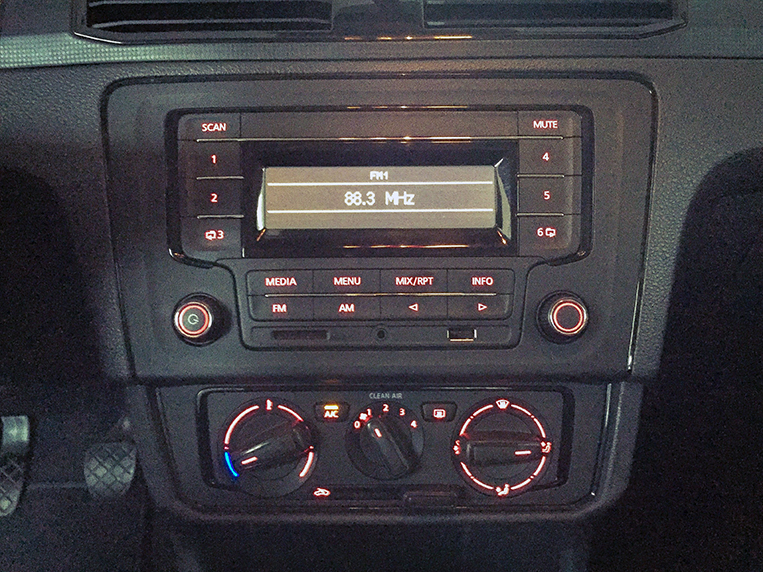
Driving the Santana is like getting an honest taste of what German cars are like. If you know how German cars behave, that’s obviously a good thing. Off the bat, the clutch and the five-speed short-throw manual gearbox are easy to manage even in long stretches of stop-and-go traffic, while steering feels just right without being too light. Some have been griping about the learning curve involved with shifting into reverse, which requires you to push the shifter down and nudge it to the left and then forward, but I have no trouble there. (I promise you won’t, too, after some practice.)
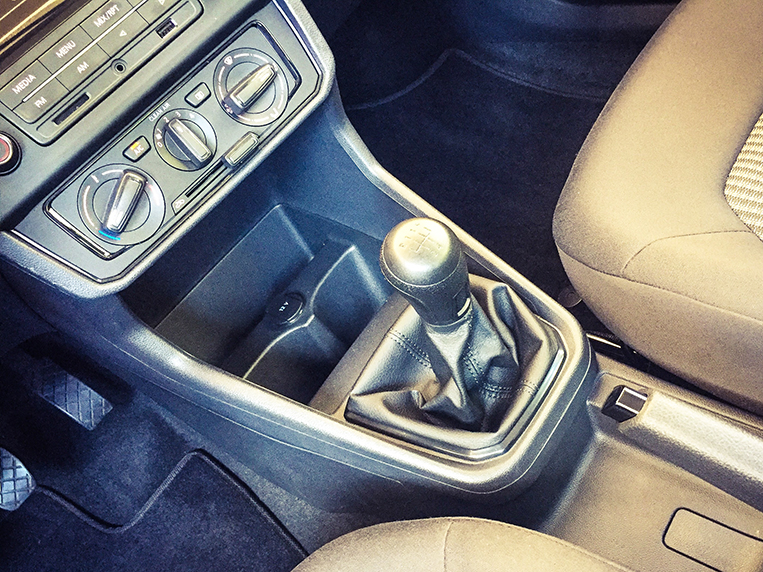
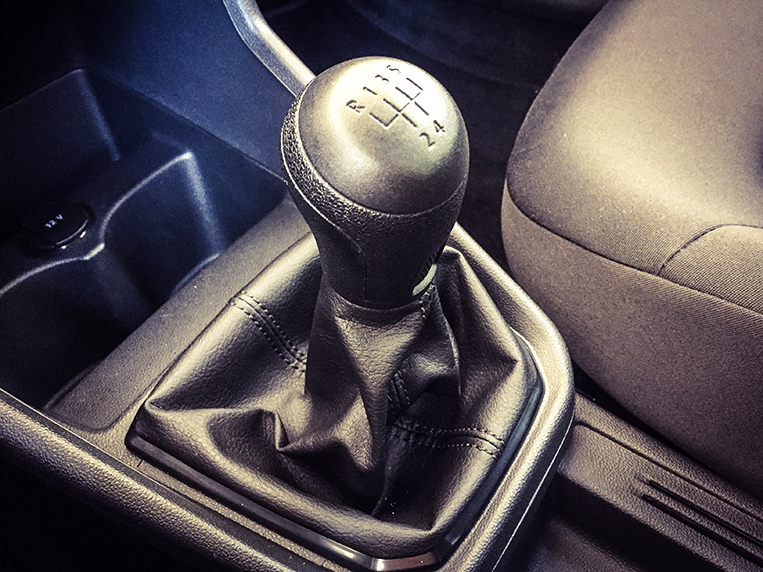
The true handling test comes when I take the Santana to the racetrack. As basic as this subcompact may seem, the chassis and the suspension are engineered well. The car displays satisfactory dynamics despite the understeer at tight bends—forgivable given the front-wheel-drive layout and the small 14-inch steel wheels wrapped in 175/70 Hankook Kinergy tires.
Surprisingly, the braking system never falters even after numerous consecutive hot laps. I manage to pull off a decent lap time of three minutes around Clark International Speedway—pretty good for something bone-stock. This is a perfect example of a no-nonsense, capable sedan built on a solid-feeling platform that makes the most out of the engine’s 89hp and 132Nm.
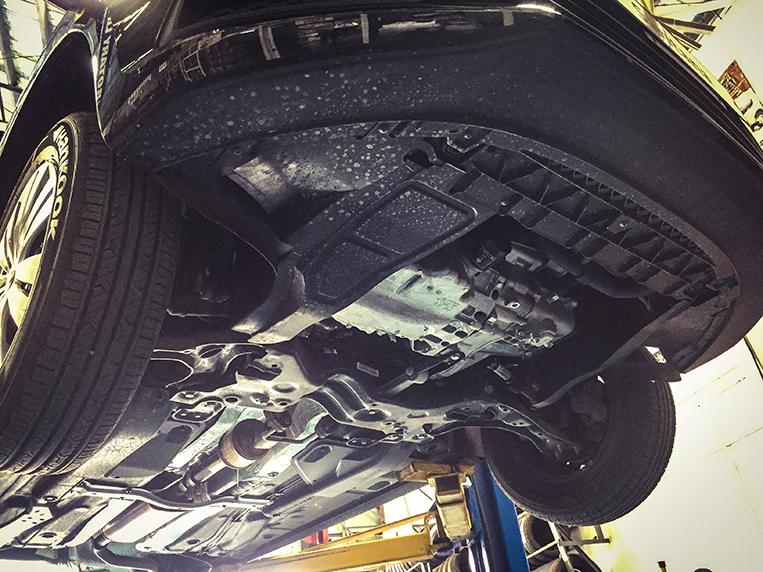
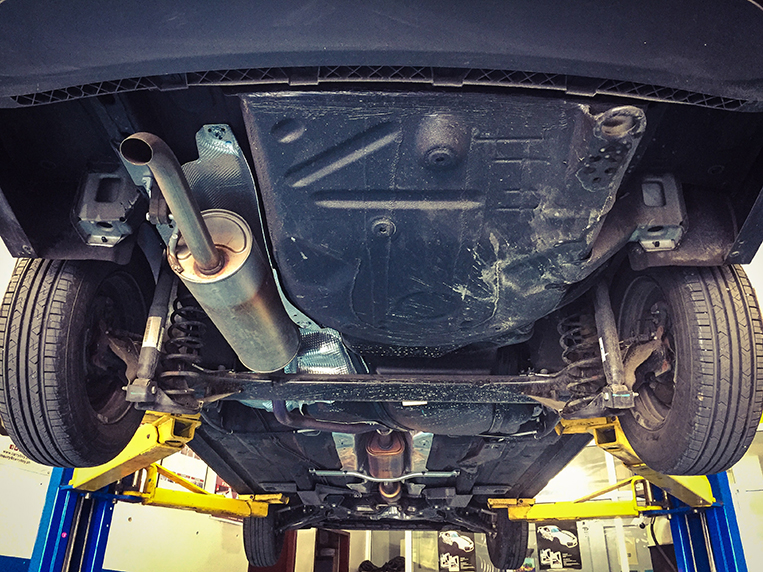
On the open highway, the Santana is pleasing to drive. Road noise is subdued and a tad better than in other models in this class. Though the ride is somewhat firm, it handles road imperfections with grace (where some of the Santana’s rivals would exhibit a bouncy suspension feel). Furthermore, the little VW conquers an almost-knee-high flood without the slightest issue, leaving some bigger sedans stalled in the ordeal.
Due to the absence of a digital gauge for fuel consumption, you will have to resort to the top-up method if you want an estimate of the car’s fuel efficiency. With total mileage of 550km (approximately 70% highway cruising and 30% city driving) in our hands, the Santana yields some 18km/L. Which you likely won’t be able to replicate if you’re mostly driving in Metro Manila.
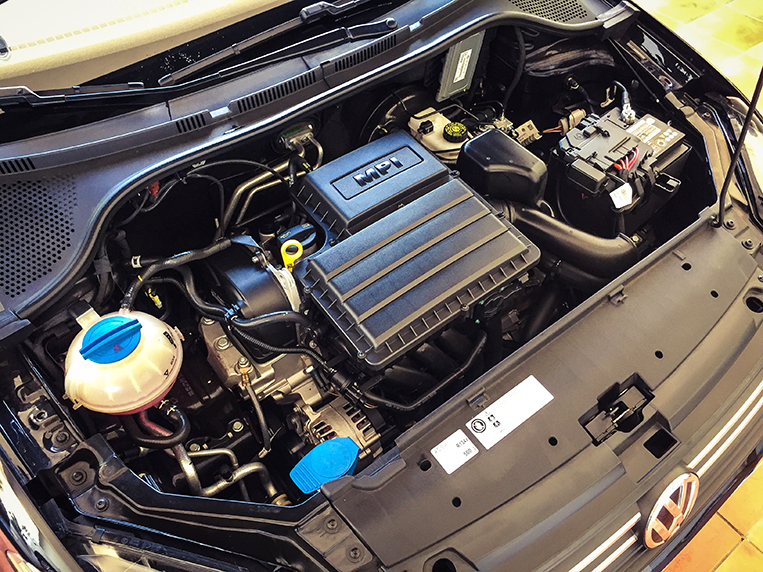
All things considered, the Santana may not have the charm of the beloved Beetle, but it has all the necessary ingredients in order to win over the budget-conscious but discerning consumer. With quality construction, practicality and efficiency—combined with preventive maintenance service intervals of 10,000km or 12 months—this runabout might eventually go down as a genuine People’s Car. For now, we can only wish for more Volkswagen dealerships to sprout throughout the country.
VOLKSWAGEN SANTANA 1.4 MPI MT TRENDLINE
| Engine | 1.4-liter in-line-4 multipoint fuel-injection gasoline |
| Transmission | 5-speed manual |
| Power | 89hp @ 5,500rpm |
| Torque | 132Nm @ 3,800rpm |
| Dimensions | 4,475mm x 1,706mm x 1,469mm |
| Drive layout | FWD |
| Seating | 5 |
| Price | P686,000 |
| Upside | Solid platform. German quality. Frugal. Great value. |
| Downside | Bland looks. Limited dealership network. |

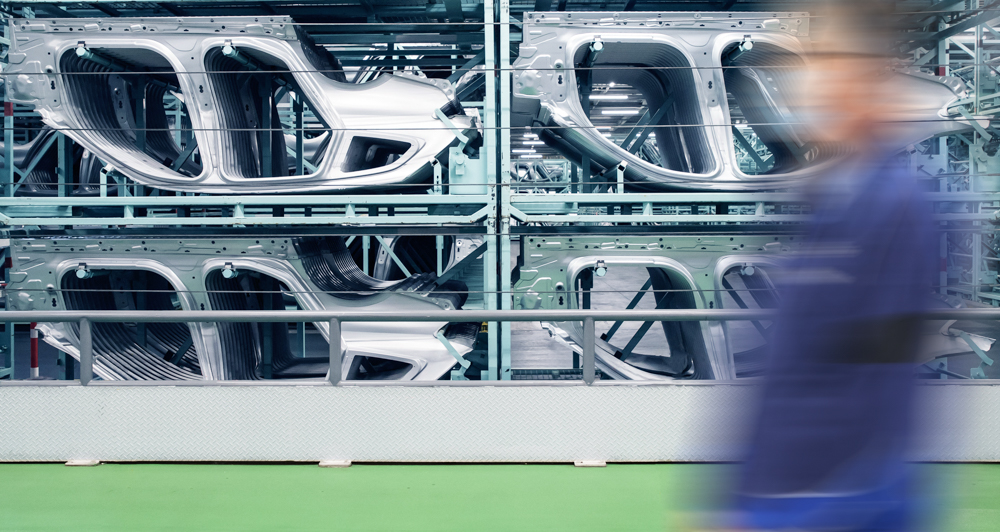
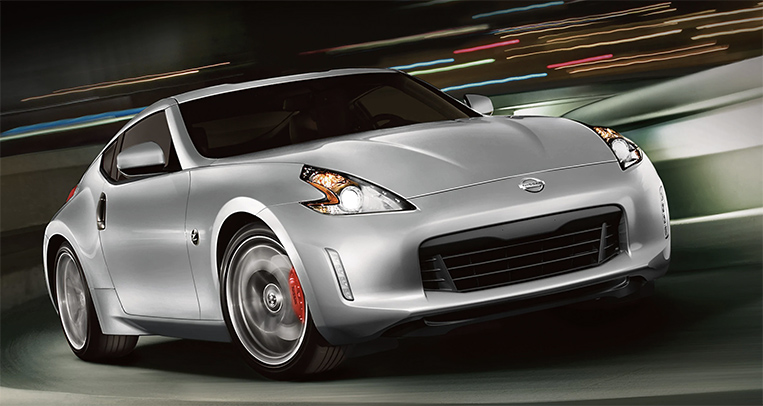
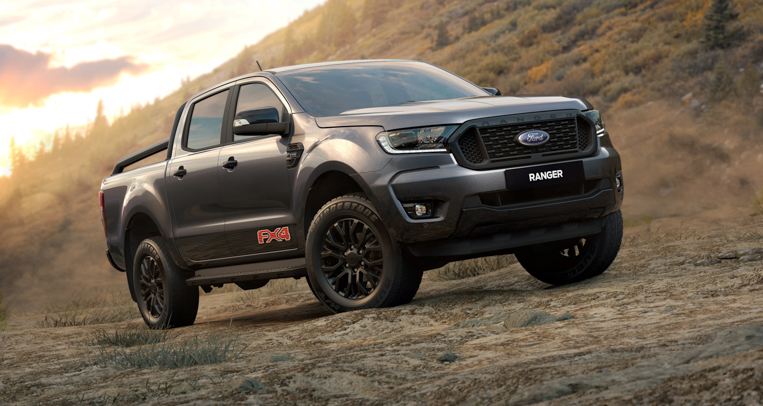
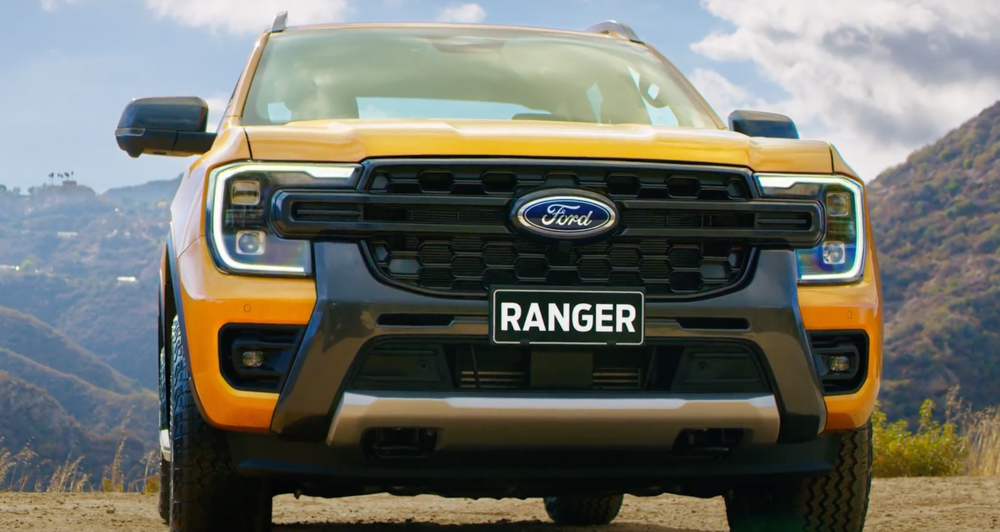
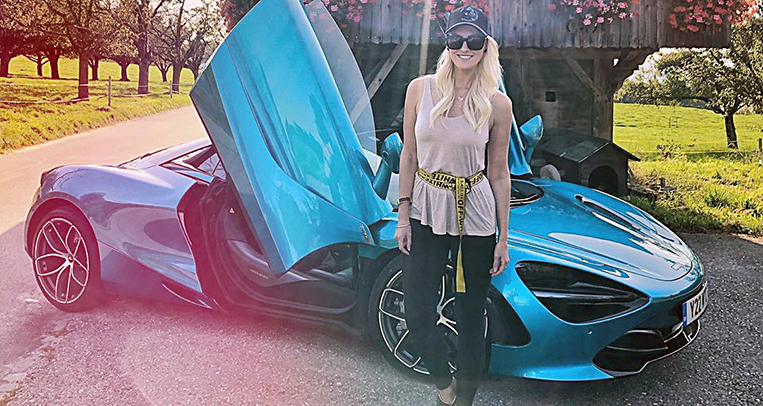





Comments